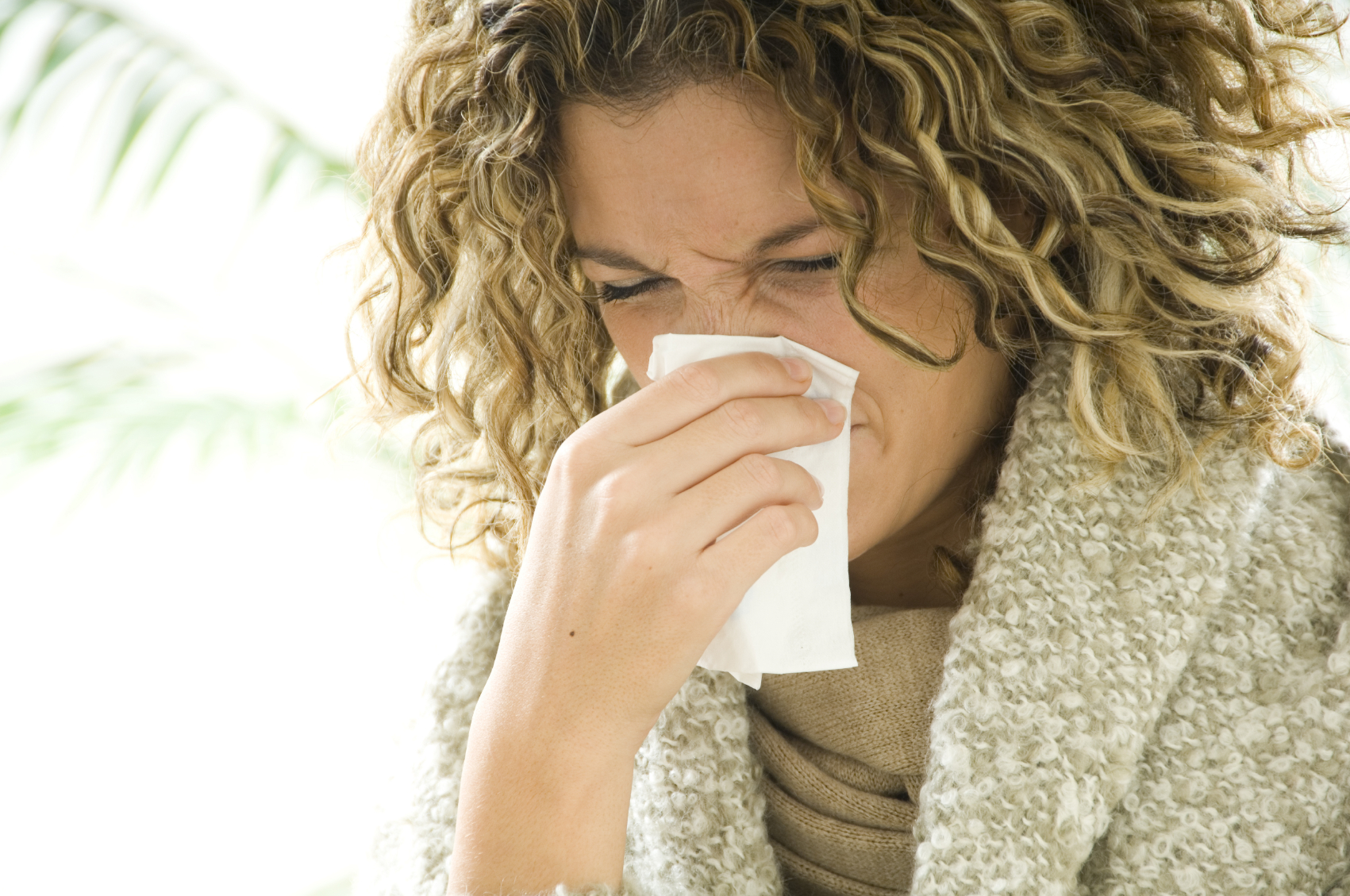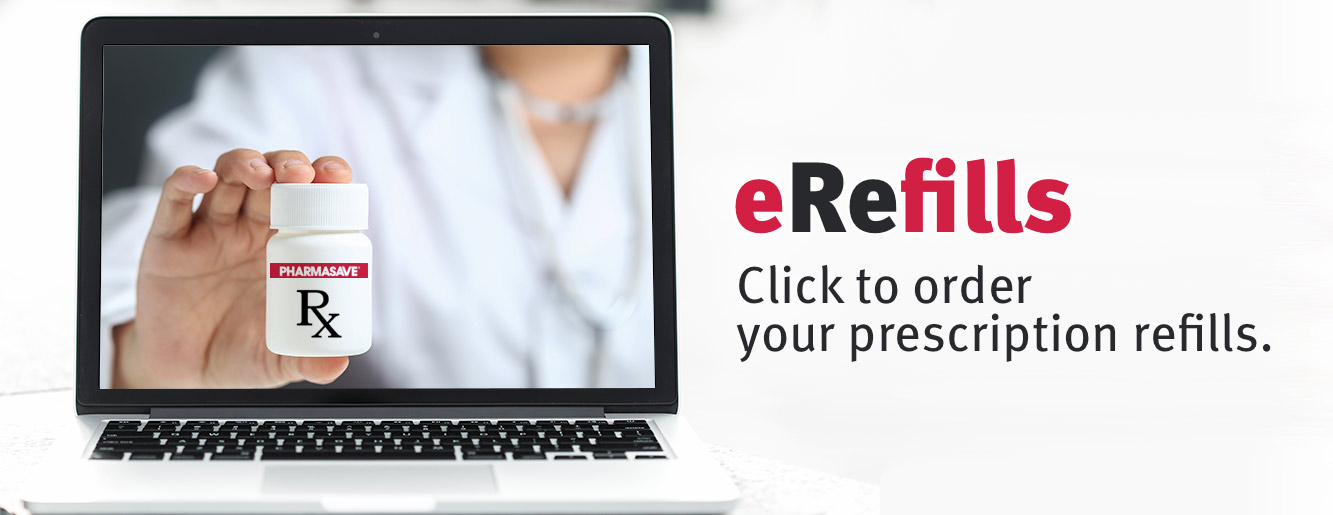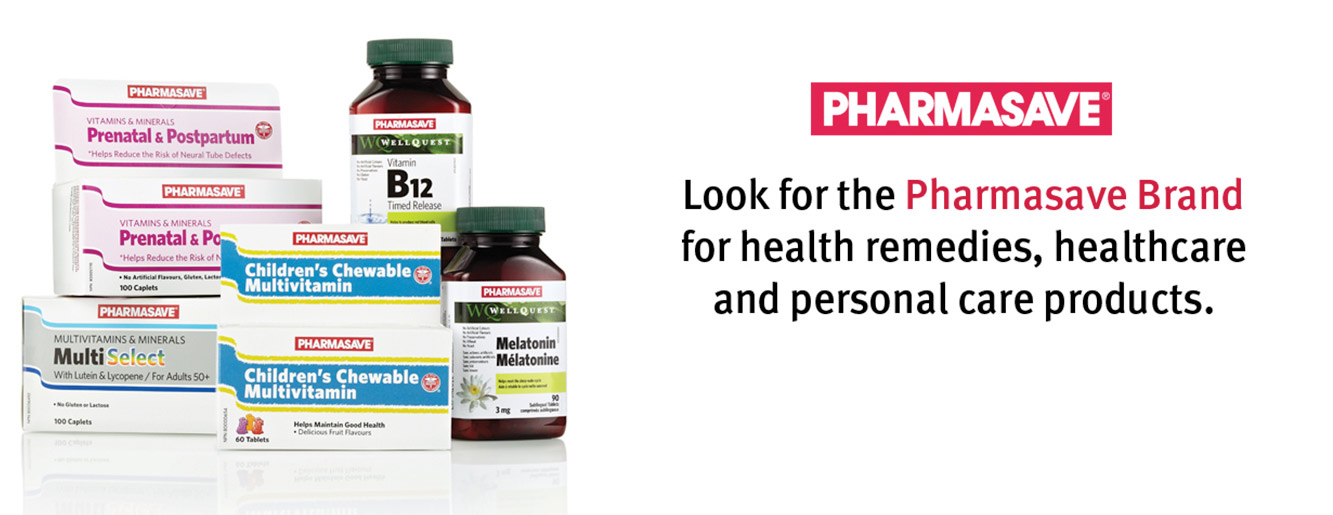
The Common Cold
The Facts
A cold – also called infectious rhinitis – is a viral infection of the nose and throat. Doctors call it a “self-limiting” condition, which means that it only lasts so long and goes away on its own.
Colds are relatively harmless, but they have important social and economic impact. It is estimated that 40% of time lost from work and 30% of school absences are due to the common cold. Cold symptoms normally improve within 1 week, although some may last as long as 2 weeks.
There are over 200 different viruses responsible for causing colds. The most common type are the rhinoviruses, which cause about 40% of colds in adults. Colds occur most often from fall to early spring, when people tend to stay indoors – facilitating easy spread of these viruses.
Causes
Common colds are infectious, and can be passed from one person to another. The average adult gets about 2 to 4 colds per year, most often during the winter. Infants can get as many as 8 to 10 colds in a year because their body’s defences aren’t yet developed. Children under 6 years of age average about 6 to 8 cold episodes each year.
Sneezing or coughing can easily transmit cold virus in droplets from an infected person’s mouth or nose. Hand-to-hand contact is another way the virus is passed around. Since cold viruses can live for several hours on hard surfaces, you can even get infected by picking up an object, turning a door handle, or answering a phone recently touched by a person with a cold. It then takes hold by being rubbed into the eyes, nose, or mouth.
Cold weather does not make you more prone to catching a cold.
Symptoms and Complications
Cold viruses invade the tissues that line the inside of the mouth, throat, and nose. This infected membrane becomes swollen or inflamed, and cold symptoms begin.
It usually takes anywhere from 1 to 3 days for symptoms to develop. The cold runs its course in about 7 to 10 days. Symptoms follow a typical pattern:
- dry, scratchy, or sore throat
- runny nose or congestion
- sneezing triggered by nasal congestion
- headache as a result of congestion
- earaches, also brought on by the congestion (especially in children)
- slight fever and chills (more common in children than adults)
- coughing, usually dry at first but later can be accompanied by sputum and phlegm
- feeling tired
Colds may aggravate the symptoms of other conditions, such as asthma and chronic obstructive pulmonary (lung) disease (COPD). Colds can also lead to acute bacterial bronchitis, strep throat, pneumonia, or ear infections, especially for people with lung disease.
It’s not clear if fatigue, stress, or poor diet and poor health lead to more frequent colds, but they do appear to trigger more severe cold symptoms. Seniors especially tend to get more severe cold virus infections.
The cold virus can also infect other parts of the body. For instance, the eye infection known as pinkeye (mild conjunctivitis) can occur. Kids are especially prone to this, since they tend to wipe their noses with their hands and then rub their eyes.
Making the Diagnosis
A simple sniffle isn’t usually a matter for the doctor. It is easy to self-diagnose a cold because they are so common. Many people say they have the flu (influenza) when really they have a bad cold.
The flu can be distinguished: it causes a high temperature and muscle aches. The flu doesn’t usually cause a blocked or runny nose.
It’s important that other conditions such as strep throat or bacterial chest infections (e.g., pneumonia) are not passed off as being “just a cold.” If you start developing symptoms that aren’t typical of the common cold – like coughing up thick brownish sputum, getting a bad headache, or developing a high fever or earache – you might have a more serious infection. In this case you should see your doctor. You should also see your doctor if your cold symptoms don’t improve after 10 to 14 days.
Treatment and Prevention
We haven’t yet found a way to kill the viruses that cause the common cold. Antibiotics are not effective against colds because colds are caused by viruses. Antibiotics are only helpful for bacterial infections, and they may be used for someone who develops a bacterial infection as a complication of a cold.
Since there’s no cure, a combination of coping strategies and medication can at least improve symptoms and keep you more comfortable.
- Bed rest for a day or two can help you feel better. While it won’t clear up the cold any faster, staying in bed will avoid spreading it to others.
- If you are suffering with a cold you should keep comfortably warm and drink plenty of fluids. Hot fluids (such as chicken broth) can cut down on congestion.
- For a sore throat, a warm salt-water gargle may help. Humidifiers can keep the air moist in an effort to soothe coughs.
Medications can be used to relieve cold symptoms, but they won’t make the cold go away any faster. These include:
- nasal decongestants, in pill, spray, or drops. People with heart disease, high blood pressure, thyroid disease, diabetes, glaucoma, or prostate enlargement, or those who are pregnant or breast-feeding, should talk to a doctor before taking these medications. Nasal decongestant sprays and drops shouldn’t be used for more than 3 days because of the possibility of “rebound congestion,” a condition where these forms of decongestants actually cause increased congestion.
- cough suppressants, which usually contain dextromethorphan.*These are readily available as over-the-counter medications. Unless otherwise instructed by a doctor, this medication should be used only for treatment of a “dry” cough. If the cough is “wet,” meaning that mucus is being coughed up, cough suppressants should not be used. It is better to cough up and clear the mucus then to have it sit in the lungs where it can make the condition worse. People with increased cough and mucus production associated with conditions such as asthma and COPD (i.e., chronic bronchitis and emphysema) should consult a health professional before taking dextromethorphan. Codeine and hydrocodone can also keep a cough at bay, and they are available by prescription from a doctor.
- expectorants, which loosen congestion.
- antihistamines, which have a drying effect on a runny nose but can make congestion worse. People with chronic lung disease, glaucoma, or difficulty in urination due to enlargement of the prostate should talk with a doctor before taking antihistamines.
- analgesics or pain medications such as acetaminophen, acetylsalicylic acid (ASA), and ibuprofen, which can be used to relieve fever and aches associated with the common cold. ASA should not be used by people 18 years of age or younger. People with asthma and peptic ulcers should not use ASA or ibuprofen unless recommended by their doctor.
Health Canada does not recommend that cough and cold medications be given to children under 6 years of age. There is little evidence that these medications are effective and there have been rare reports of serious side effects, especially when too much of the medication is given.
Many cold medications contain several medications. Do not use more than one cold medication unless recommended by your doctor or pharmacist. This will help you avoid receiving too much medication.
Taking a regular daily dose of 1 g of vitamin C before you catch a cold may decrease the duration and severity of a cold if you get one, but taking high doses of vitamin C when cold symptoms start does not reduce the severity or duration of cold symptoms. Similarly, the herb echinacea has also been promoted for both the prevention and treatment of colds, but there are few scientific studies to support this. There is some evidence to suggest that North American ginseng extract, when taken daily, may decrease the number, duration, and severity of colds for people who get at least 2 colds a year.
The best way to prevent the common cold is to wash your hands frequently with warm soap and water, especially after touching objects that may have the virus on them. When washing, remember to wash for at least 15 seconds and to wash the entire hand surface well. If water and soap are not available, you can also use an alcohol-based hand sanitizer- ensure you rub your hands until the product is dry.
You can also avoid close contact with people who have colds, especially for the first few days. Also, avoid rubbing your nose and eyes with your hands. Proper exercise, rest, and nutrition will help keep your body’s defence system strong and able to fend off cold-causing viruses.
If you have a cold, cover your mouth and nose with a tissue when sneezing and coughing, and then dispose of the tissue. If you don’t have a tissue, coughing into your elbow is better than covering your mouth with your hands – this way, you won’t be putting the virus on your hands where it can easily be spread by touching other surfaces.
*All medications have both common (generic) and brand names. The brand name is what a specific manufacturer calls the product (e.g., Tylenol®). The common name is the medical name for the medication (e.g., acetaminophen). A medication may have many brand names, but only one common name. This article lists medications by their common names. For information on a given medication, check our Drug Information database. For more information on brand names, speak with your doctor or pharmacist.
All material © 1996-2012 MediResource Inc. Terms and conditions of use. The contents herein are for informational purposes only. Always seek the advice of your physician or other qualified health provider with any questions you may have regarding a medical condition.

